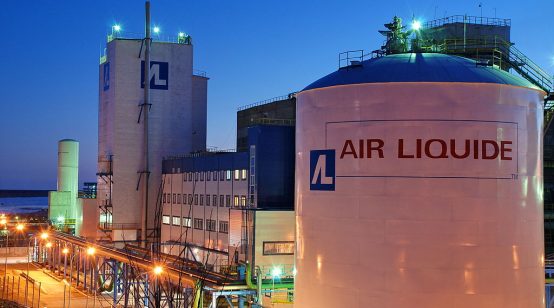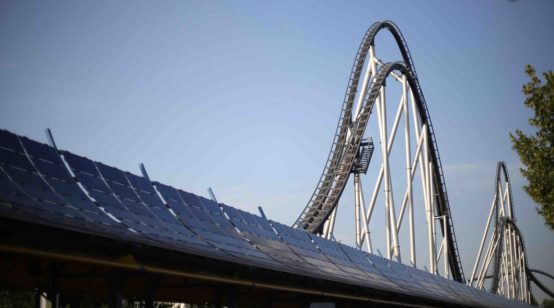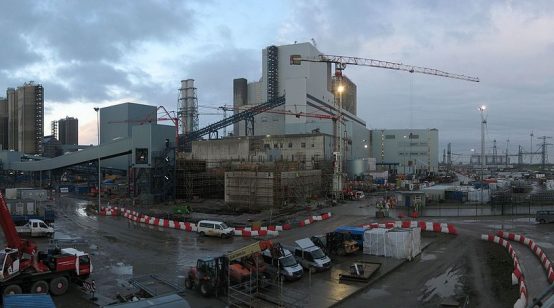A Stanford University research team has developed a prototype of a manganese-hydrogen battery for recyclable storage.
The study in the journal Nature Energy says the prototype of the water-based battery is only 10cm tall and able to generate 20 milliwatt-hours of electricity, which is on a par with the energy levels of an LED on a key ring.
Despite its small size and generation capabilities, the team say the device could reach an industrial scale and be able to “charge and recharge up to 10,000 times”, creating a grid-scale battery with a useful lifespan well in excess of a decade.
“What we’ve done is thrown a special salt into water, dropped in an electrode, and created a reversible chemical reaction that stores electrons in the form of hydrogen gas,” said research chief Yi Cui, a professor of material science at Stanford.
Using an industrial salt employed in the production of dry-cell batteries, fertilisers, paper and other goods, the scientists created a reversible electron-exchange between water and manganese sulphate.
He predicted that the technique would be a way to store unpredictable wind or solar energy so as to lessen the need to burn reliable but carbon-emitting fossil fuels when the renewable sources were not available.
“The electrons flowing in reacted with the manganese sulphate dissolved in the water to leave particles of manganese dioxide clinging to the electrodes,” the paper says. Excess electrons produced hydrogen gas, storing energy for future use, the US-based team said.
Engineers already know how to recreate electricity from the energy stored in hydrogen so the next step was to prove that the water-based battery could be recharged.
The team reconnected the power source with the depleted device, to ensure the battery could be recharged. Manganese-dioxide particles clung to the electrode to bond with the water, replenishing the manganese-sulphate salt. “Once this salt was restored, incoming electrons became surplus, and excess power could bubble off as hydrogen gas, in a process that can be repeated again and again and again,” the paper said.
The researchers also said work was ongoing on developing a cheaper process to bond manganese sulphate and water. As ever, the study concluded that more work was needed before the technique could be deemed commercially viable. “We have identified catalysts that could bring us below the US$100-per-kilowatt-hour target set by the US Department of Energy,” co-author Wei Chen said.
Comilog manganese mine, Moanda, Gabon. Picture credit: Flickr





